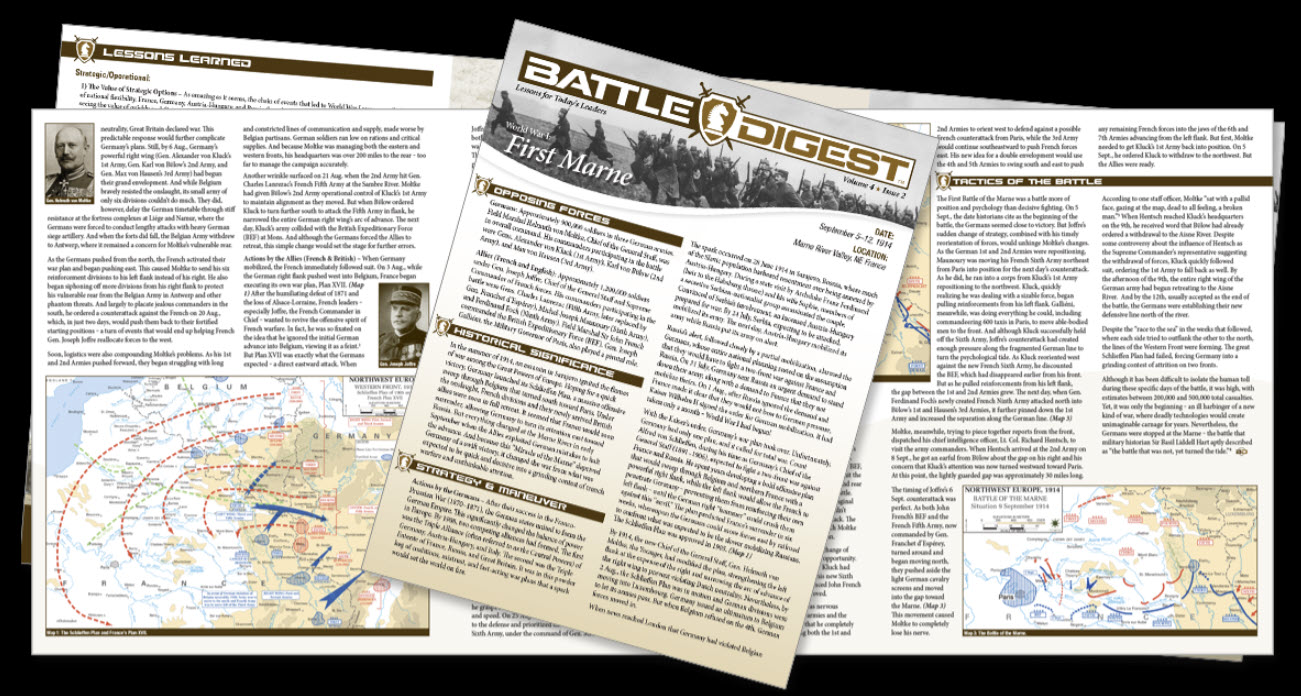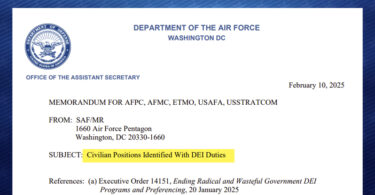In this episode of STARRS & Stripes, host CDR Al Palmer, USN ret, interviews STARRS Board of Directors member retired Brigadier General Christopher Petty.
Petty draws from his distinguished 31-year Army career as a West Point graduate, combat helicopter pilot, and battalion commander in Iraq to discuss how CRT/DEI ideology has affected military readiness and what must be done to restore a warfighting focus.
Among the topics he discusses:
- West Point graduate who chose aviation after seeing helicopter pilots during Ranger School
- Discusses how DEI policies introduced under Obama’s 2011 Executive Order have undermined military unit cohesion
- Explains how prioritizing demographic quotas has resulted in lowered standards and damaged the meritocracy
- Identifies China’s superior industrial production capacity as America’s greatest strategic vulnerability
- Argues that senior military leadership failed to show moral courage in pushing back against harmful ideological policies
- Believes the military must return to valuing warfighters who can win conflicts
- Created Battle Digest to help today’s military leaders learn from historical battles
Gen. Petty is the author of “12 Battles Every American Should Know” and the creator of Battle Digest (battledigest.com)-—described as “Reader’s Digest for Warfare”—to explore military history in an accessible format designed for today’s officers and military enthusiasts.
WATCH:
LISTEN:
Find and Listen to “STARRS Podcasts” on your favorite podcast platform, such as: Apple Podcasts, Spotify, Amazon Music, Audible, iHeart, Podbean, and more
STARRS & Stripes Host CDR Al Palmer, USN ret, has a candid conversation with a STARRS Board of Directors member retired Brigadier General Christopher Petty who unveils the troubling transformation of America’s military culture and its impact on war readiness. Drawing from his distinguished 31-year Army career as a West Point graduate, combat helicopter pilot, and battalion commander in Iraq, Petty provides firsthand insight into how ideological priorities have undermined military effectiveness.
Petty traces the infiltration of Diversity, Equity, and Inclusion (DEI) policies to Obama’s 2011 executive order, explaining how what began as administrative guidance metastasized into a comprehensive worldview that prioritizes demographic outcomes over combat readiness. “It’s absolutely antithetical to creating any kind of cohesion and unity,” he argues, pointing to declining recruitment numbers, compromised standards, and the exodus of qualified personnel frustrated by what they perceive as misplaced priorities.
Beyond cultural challenges, Petty delivers a sobering assessment of America’s strategic position relative to China, particularly regarding industrial capacity. “China can outproduce us… we are in a strategic mismatch,” he warns, noting that “every war becomes a war of attrition” – a lesson currently playing out in Ukraine. While America excels at power projection, our diminished manufacturing capability creates a dangerous vulnerability in any protracted conflict.
The path forward requires a renewed emphasis on warfighting above all else. Petty celebrates recent policy shifts but cautions that lasting change must be codified beyond executive orders. He also advocates for military leaders to reconnect with historical knowledge, explaining how pattern recognition from past conflicts provides crucial battlefield advantages that no single modern deployment can teach.
Subscribe to STARRS & Stripes for more critical conversations about America’s military readiness and the challenges facing our armed forces in an increasingly complex global landscape.
Battle Digest
Executive summaries of history’s important battles — including lessons on strategy, tactics and leadership — all in an easy-to-read tri-fold brochure.
12 Battles Every American Should Know: Lessons Learned from Lexington to Desert Storm by BG Chris Petty, US Army ret
 Book description: This book is a journey through twelve epic battles of American history. And because battles determine wars, and wars determine history, it is a journey worth taking.
Book description: This book is a journey through twelve epic battles of American history. And because battles determine wars, and wars determine history, it is a journey worth taking.
Through these twelve battles, you will gain insights into some of the most important leaders, ideas, and conflicts that have defined this country. Some battles, like Lexington and Pearl Harbor, represent beginnings of great American struggles.
Others, like Yorktown, Shiloh, Gettysburg, Midway, D-Day, and Desert Storm represent critical turning points, or culminations of, America’s wars. While the rest, Bunker Hill, Little Bighorn, the Alamo, and Antietam stand out as famous landmarks along our journey towards a common cultural heritage. These twelve battles are famous for a reason: They are part of our shared history. They bind us as a nation.
This book will appeal to many. Students will appreciate the easy-to-understand format, especially compared with modern American history textbooks. Parents and teachers will find it a great companion resource to support learning.
 Historians, if they can temporarily suspend their hunger for excruciating detail, will be impressed by the brevity. Members of the military will profit from these pages as they find a guidebook into the underlying patterns and structure of warfare amidst a trove of timeless lessons.
Historians, if they can temporarily suspend their hunger for excruciating detail, will be impressed by the brevity. Members of the military will profit from these pages as they find a guidebook into the underlying patterns and structure of warfare amidst a trove of timeless lessons.
The value comes not just from content, but also from a standardize format. The deliberate brevity renders these battles readable and comprehensible, while the format conveys the essence of the struggles.
This unique combination captures a truism of war, that all battles operate within a strategic context, in which leaders develop an operational framework to create a desired end state. This framework is then altered by events and decisions that require adjustment to deliver victory.
In the end, the river of history adjusts course, leaving timeless lessons deposited on the riverbank. It is in these lessons where the continuities and causal relationships are found. This format captures them, allowing the patterns of warfare and history to better emerge from the pages. And in a special nod to the military, the discussion questions will prove invaluable for facilitating thought-provoking group conversations and classes to assist in understanding the continuities, causations, and correlations in warfare.
War is an inexorable part of the human condition ‒ with us since mankind first formed into tribes. It flows through the ages ‒ from empires, through kingdoms, and into the age of the nation-state. It will be with us forever. As such, it must be understood. And by understanding battles, we can better understand war. Battles are the decisive points ‒ the turning points ‒ that define victory or defeat. American ideas have, and will be, won and lost on the fields of battle.









Leave a Comment